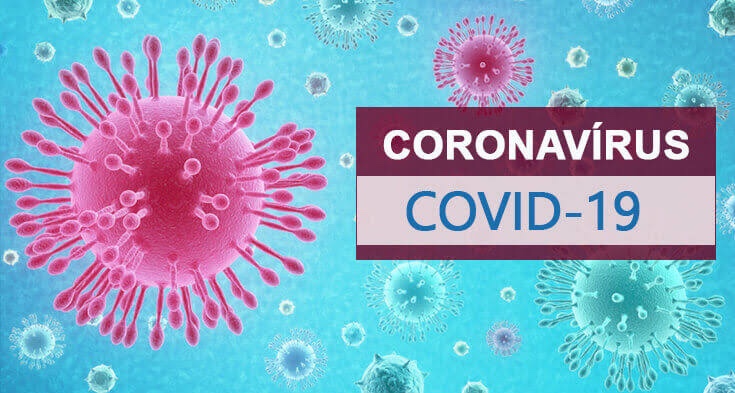Int J Stroke. 2020 May 3:1747493020923234. doi: 10.1177/1747493020923234. [Epub ahead of print]
Management of acute ischemic stroke in patients with COVID-19 infection: Report of an international panel.
Qureshi AI1, Abd-Allah F2, Alsenani F3, Aytac E4, Borhani-Haghighi A5, Ciccone A6, Gomez CR7, Gurkas E8, Hsu CY9, Jani V10, Jiao L11, Kobayashi A12, Lee J13, Liaqat J14, Mazighi M15, Parthasarathy R16, Steiner T17, Suri MFK18, Toyoda K19, Ribo M20, Gongora-Rivera F21, Oliveira-Filho J22, Uzun G23, Wang Y24.
Author information
Abstract
BACKGROUND AND PURPOSE:
On 11 March 2020, World Health Organization (WHO) declared the COVID-19 infection a pandemic. The risk of ischemic stroke may be higher in patients with COVID-19 infection similar to those with other respiratory tract infections. We present a comprehensive set of practice implications in a single document for clinicians caring for adult patients with acute ischemic stroke with confirmed or suspected COVID-19 infection.
METHODS:
The practice implications were prepared after review of data to reach the consensus among stroke experts from 18 countries. The writers used systematic literature reviews, reference to previously published stroke guidelines, personal files, and expert opinion to summarize existing evidence, indicate gaps in current knowledge, and when appropriate, formulate practice implications. All members of the writing group had opportunities to comment in writing on the practice implications and approved the final version of this document.
RESULTS:
This document with consensus is divided into 18 sections. A total of 41 conclusions and practice implications have been developed. The document includes practice implications for evaluation of stroke patients with caution for stroke team members to avoid COVID-19 exposure, during clinical evaluation and performance of imaging and laboratory procedures with special considerations of intravenous thrombolysis and mechanical thrombectomy in stroke patients with suspected or confirmed COVID-19 infection.
CONCLUSIONS:
These practice implications with consensus based on the currently available evidence aim to guide clinicians caring for adult patients with acute ischemic stroke who are suspected of, or confirmed, with COVID-19 infection. Under certain circumstances, however, only limited evidence is available to support these practice implications, suggesting an urgent need for establishing procedures for the management of stroke patients with suspected or confirmed COVID-19 infection.
KEYWORDS:
COVID-19; Coronavirus; acute stroke; ischemic stroke; mechanical thrombectomy; thrombolysisPMID: 32362244 DOI: 10.1177/1747493020923234


